The flagship of the new Core Ultra 200H range – Arrow Lake-H for those in the know – from Intel, the Core Ultra 9 285H has recently appeared on the market, integrated into laptops from various manufacturers. This high-end mobile chip benefits from a hybrid architecture, designed to offer high computing power while optimizing energy efficiency, and therefore indirectly the battery life of mobile platforms.
On paper, this Core Ultra 9 285H promises the best of both worlds, combining both performance and efficiency. Too good to be true?
The MSI Prestige 16 AI EVO and its Core Ultra 9 285H at the best price
A hybrid architecture for better efficiency
Engraved in 3 nm by TSMC via its N3B process, the Core Ultra 9 285H is based on a hybrid architecture, designed to dynamically adapt processing power to the user's needs. This approach improves the energy efficiency of the chip as a whole, thereby extending the platform's battery life.
Specifically, this mobile processor features 6 Performance cores (or P-cores) based on the Lion architecture Cove processors, dedicated to intensive tasks and offering high performance thanks to their Turbo frequency of up to 5.4 GHz. They are complemented by 8 Efficiency cores (E-cores) based on the Skymont architecture and capable of reaching 4.5 GHz, optimized for energy efficiency and background task management. Two low-power Efficiency cores (LP E-cores) are also present for lighter tasks. Coming from the Meteor Lake architecture, they operate at a maximum frequency of 2.5 GHz. 24 MB of cache memory is finally usable by all 16 cores of the Core Ultra 9 285H.
In addition, a latest-generation graphics solution is integrated into the Intel chip; called Arc 140T, it consists of 8 Xe cores operating at a maximum frequency of 2.35 GHz. This graphics engine supports XMX instructions (Xe Matrix Extensions) which can accelerate artificial intelligence tasks and can also be useful with certain rendering or image scaling techniques such as XeSS 2, if used by developers.
The Core Ultra 9 285H finally has an integrated NPU; with only 13 TOPS in INT8 precision, this specialized unit designed to efficiently perform AI inference operations nevertheless displays theoretical performance that is behind the NPUs of other mobile processors from AMD and Qualcomm, or even models in Intel's Core Ultra 200V range (their NPUs are rated at 47 TOPS). The Core Ultra 9 285H will still be able to count on the 77 TOPS developed in this type of task by its integrated graphics engine.
Our office performance tests
For this test, Intel provided us with an evaluation version of a Prestige A16 AI EVO from MSI featuring a Core Ultra 9 285H processor. Since the model is still a prototype, its characteristics unfortunately do not fully correspond to the commercial versions of this laptop (especially in terms of the screen). However, they do provide an excellent overview of Intel's new platform, both in terms of performance and energy efficiency.
Designed to measure performance in office and professional tasks, the various tests in the PCMark 10 benchmark use both the CPU cores and the processors' graphics engine (in the absence of a dedicated graphics solution); the Core Ultra 9 285H comes out on top here, ahead of AMD's Ryzen AI 9365 but also – and by a wide margin – ahead of Qualcomm's Snapdragon X. This is also the case in the JetStream 2 test dedicated to platform performance in terms of web applications.
The same observation is made in the Geekbench 6 and Cinebench 2024 CPU tests: Intel's solution still comes out on top, followed quite far behind by AMD's Ryzen AI 9365. The Core Ultra 9 285H's OpenCL graphics performance is also top-notch, far surpassing that of competing products.
The Core Ultra 9 285H's 3D performance
The Core Ultra 9 285H's integrated graphics solution – like that used by competing solutions – isn't really designed to run latest-gen games at extremely high graphics settings, but there's nothing stopping you from using a versatile laptop to spend a little relaxing time with one of your favorite titles. With that in mind, let's see how the Arc 140T and its 8 Xe cores fare against the 12 cores of the Radeon 880M in the Ryzen AI 9365.
The 3DMark benchmark is particularly useful for measuring and comparing synthetic 3D performance across multiple platforms. The Fire Strike Extreme test focuses on DirectX 11 performance, with QHD rendering (2560 x 1440 pixels), while the Time Spy Extreme test measures DirectX 12 performance. The Port Royal test, for its part, estimates a platform's performance with ray tracing rendering.
These different tests highlight the superiority of the Intel platform over its competitor in classic DirectX 12 rendering, but also in ray tracing. The gap between the two chips narrows, however – but still remains in favor of the Intel processor – in DirectX 11.
In real games, the difference in performance between AMD platforms and Intel is less obvious, but we will note that it is now perfectly possible to play more or less recent titles in Full HD with an integrated graphics chipset, as long as you stick to a reasonable level of graphic detail. Forget about ray tracing, however: the units dedicated to this type of calculation integrated into the solutions embedded in mobile processors are not powerful enough to offer a sufficient level of performance for a decent user experience.
What performance in terms of AI?
All recent mobile processor architectures now include calculation units capable of handling AI inference tasks, whether specialized NPUs or the processing units of integrated graphics engines. With its 13 TOPS on the NPU side and the theoretical 77 TOPS on the GPU side, the Core Ultra 9 285H shows its limits here in the inference tests, surpassed by the more powerful NPU of the Core Ultra 200V Series. Although Intel indicates that its new mobile processor model reaches 99 TOPS in total cumulative power (CPU + GPU + NPU), using all this theoretical power in practice proves difficult: software often uses only one type of computing unit at a time.
An efficient processor for more battery life
Comparing several platforms in terms of battery life remains complicated, as the processor is not the only variable: battery capacity is necessarily a major factor that will greatly influence the battery life of a laptop, as will the type of screen, the efficiency of the cooling system, and the various components (RAM, storage media, etc.).
We still wanted to know how the Prestige A16 AI EVO (equipped with a 99.9 Wh battery) and its Core Ultra 9 285H fare in this area, compared to other products tested by 01lab.
Strength is note that the power output offered by the Core Ultra 9 285H – which displays a sustained consumption of 45W under load, with peaks that can very temporarily reach 115W – does not prevent it from being relatively energy-efficient, proof of very good energy efficiency. With its lower consumption, only the Snapdragon X allows for truly superior battery life, but at the expense of overall performance.
The MSI Prestige 16 AI EVO and its Core Ultra 9 285H at the best price

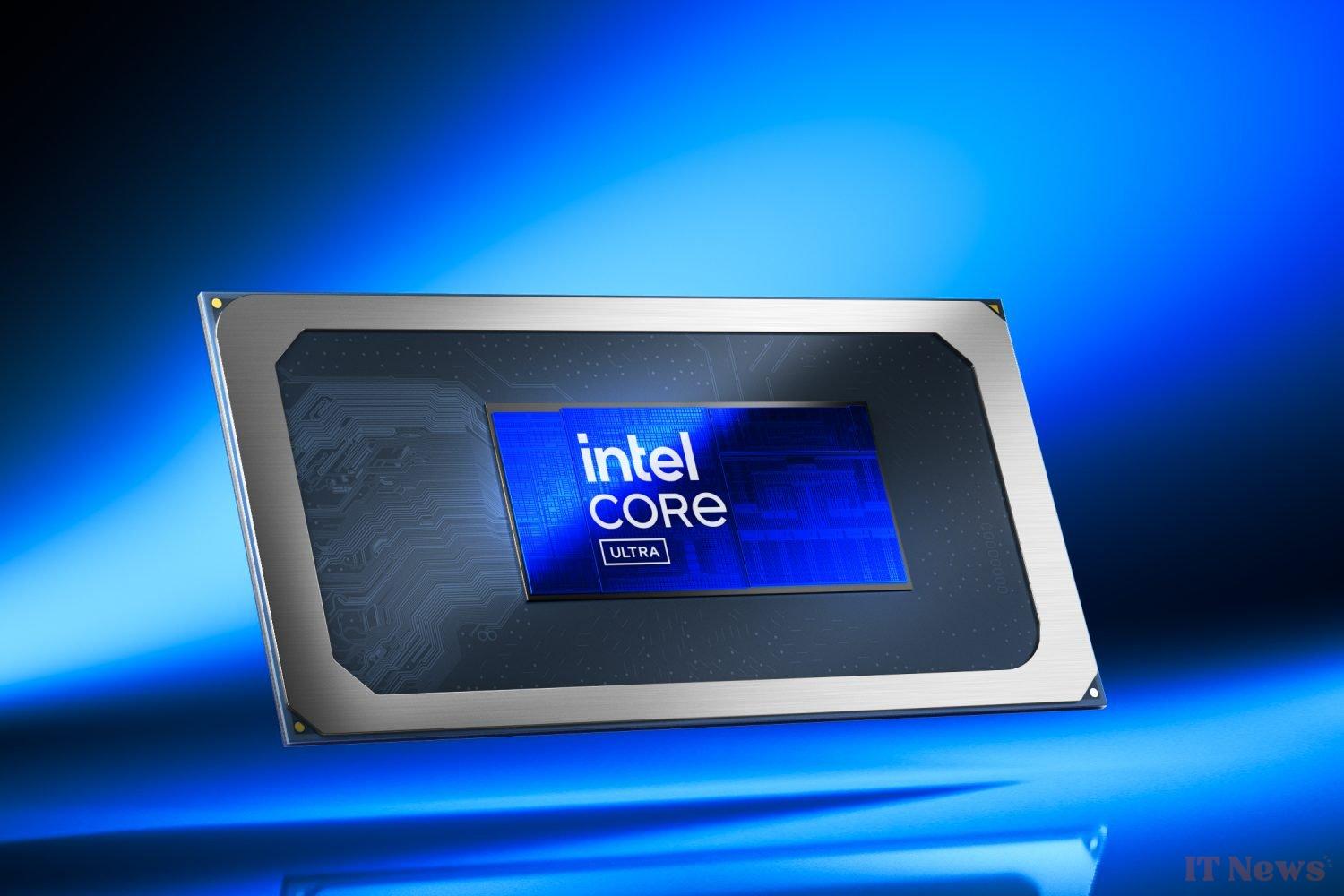
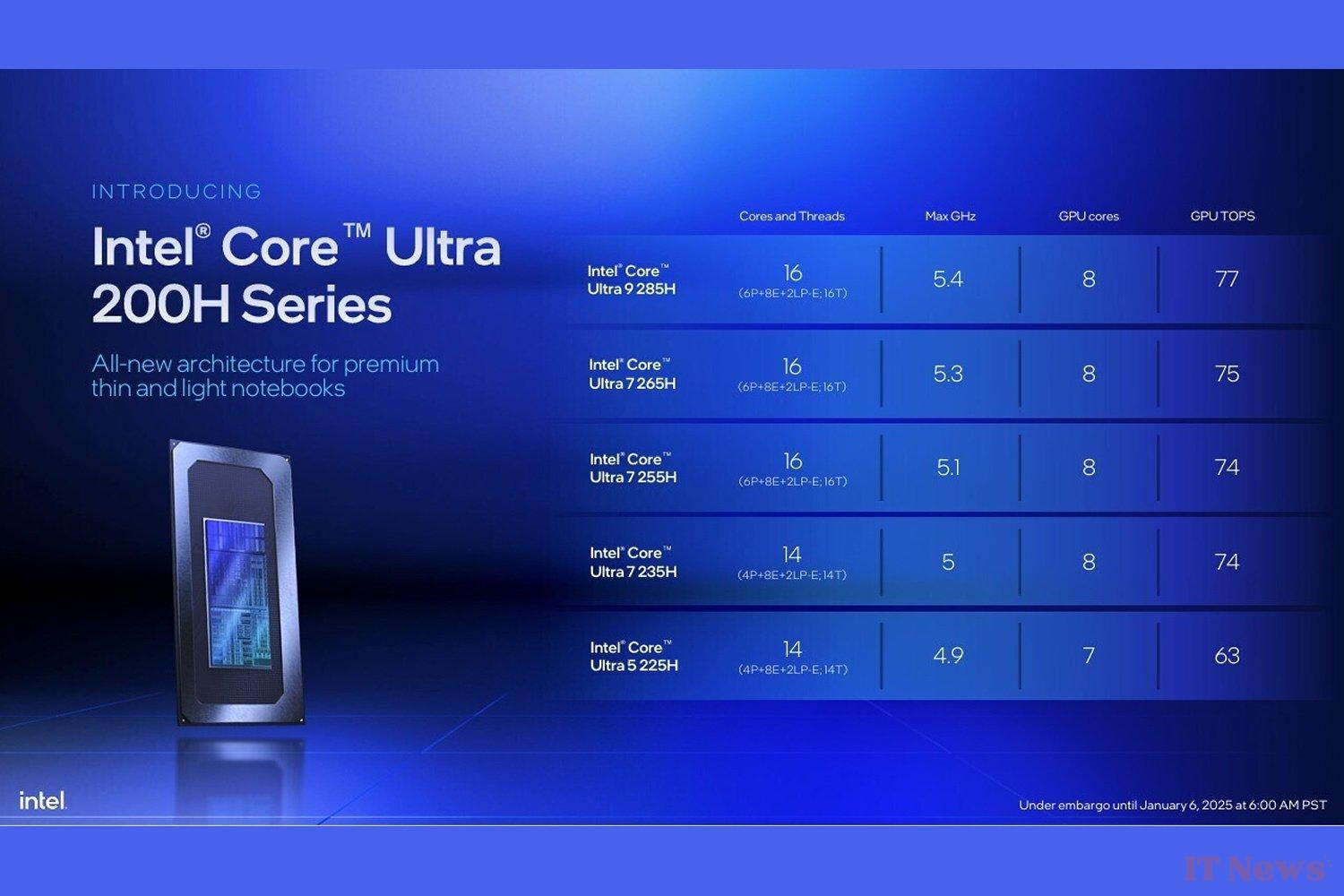
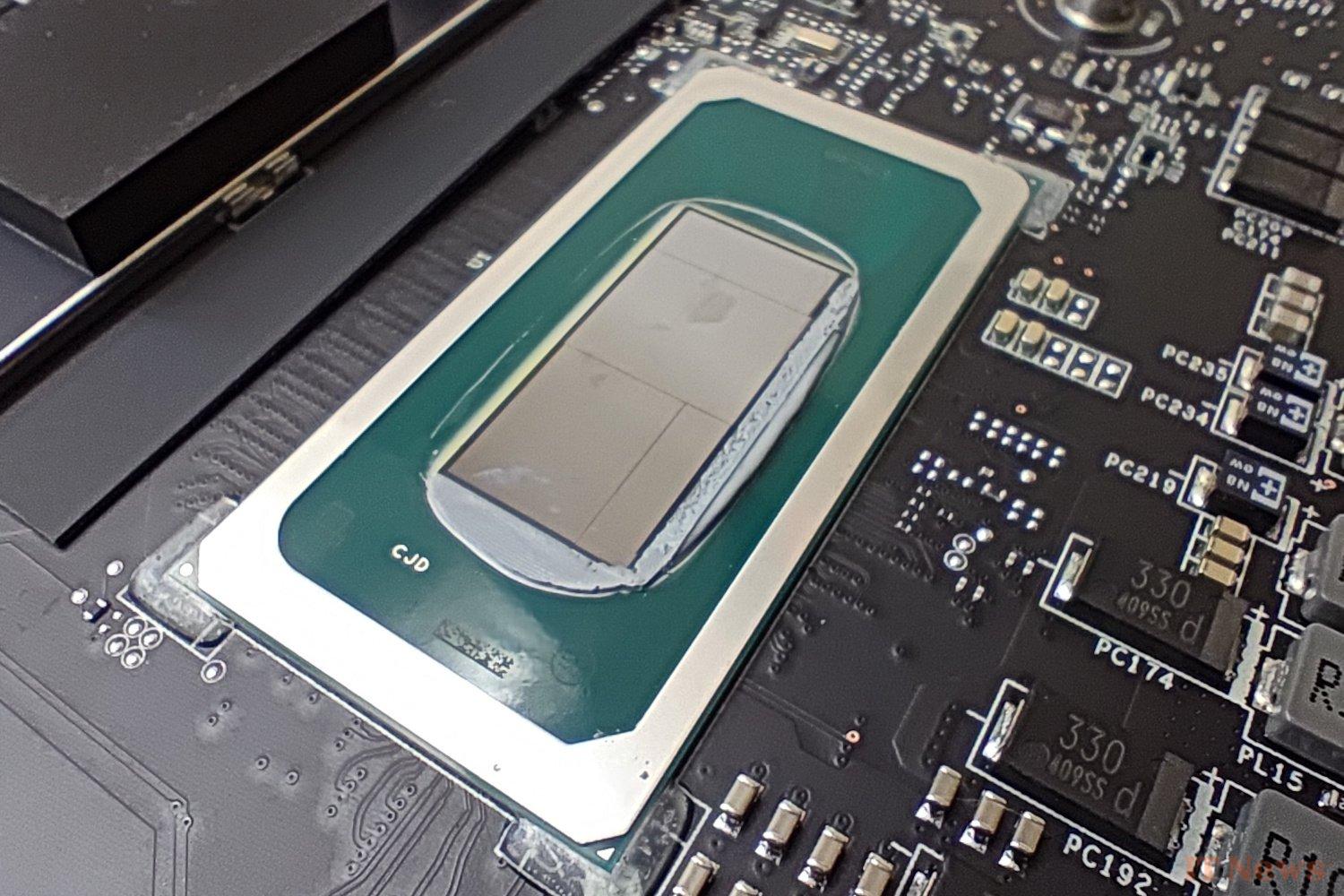
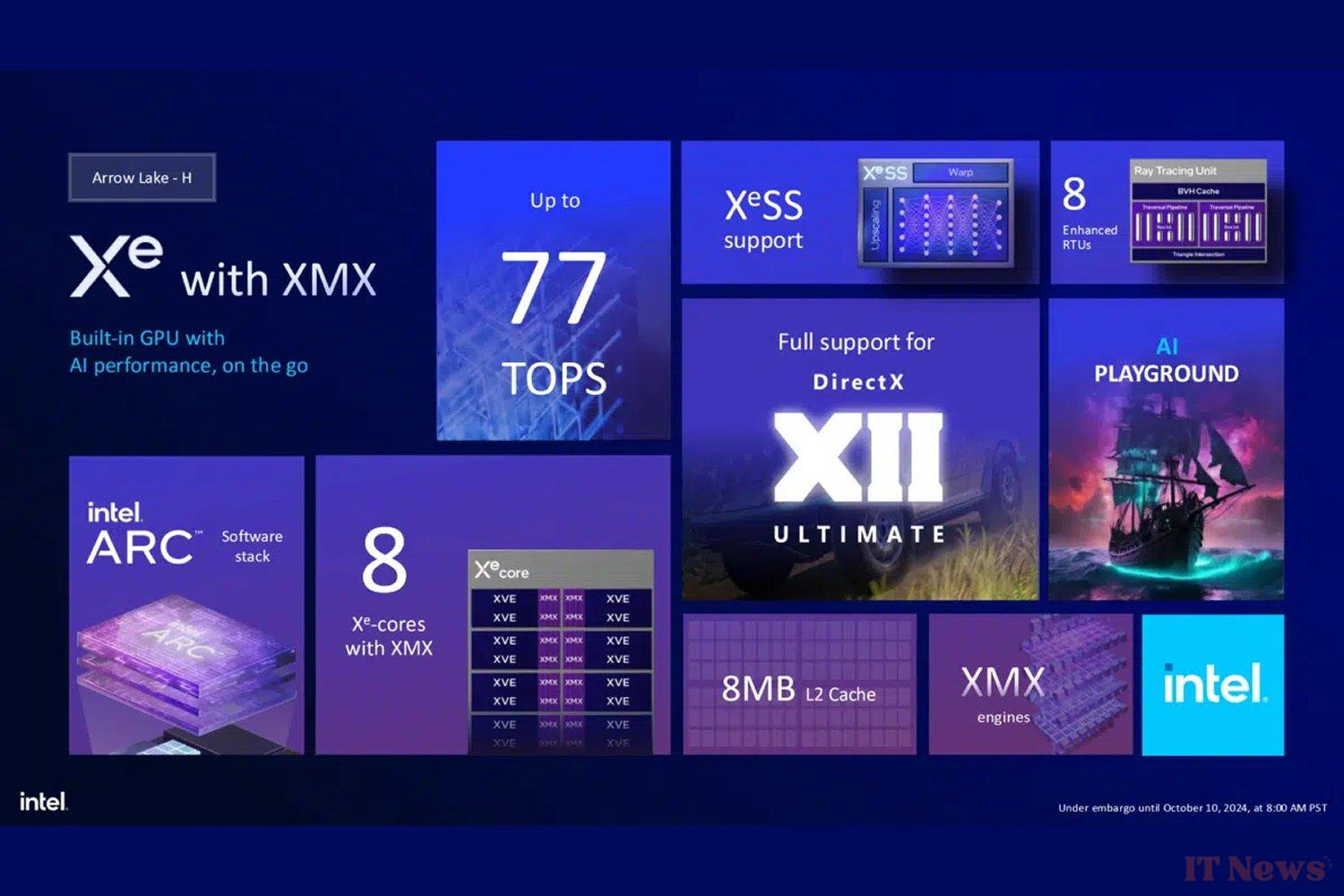
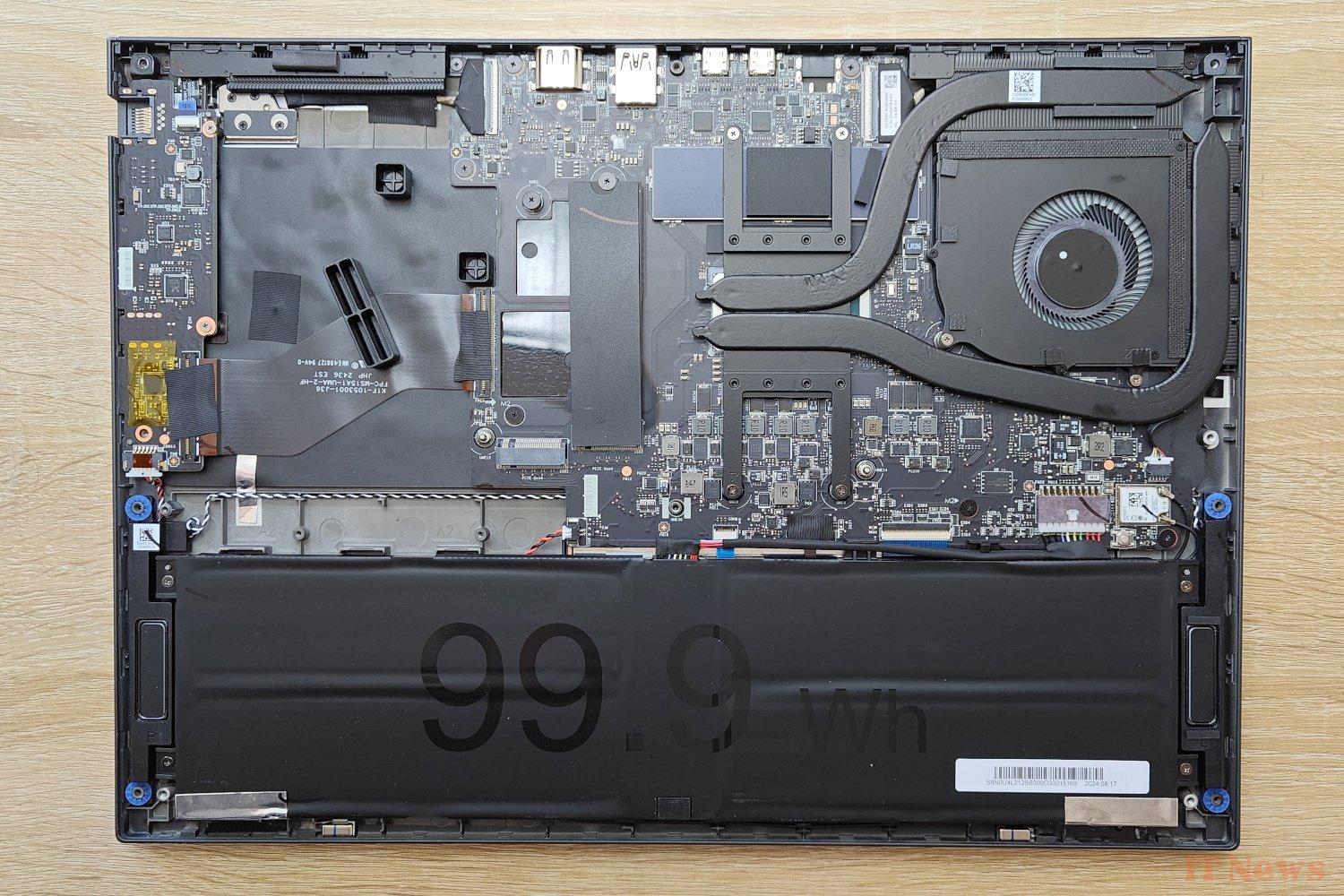

0 Comments